What Causes Green Corrosion on Copper Pipe Fittings?
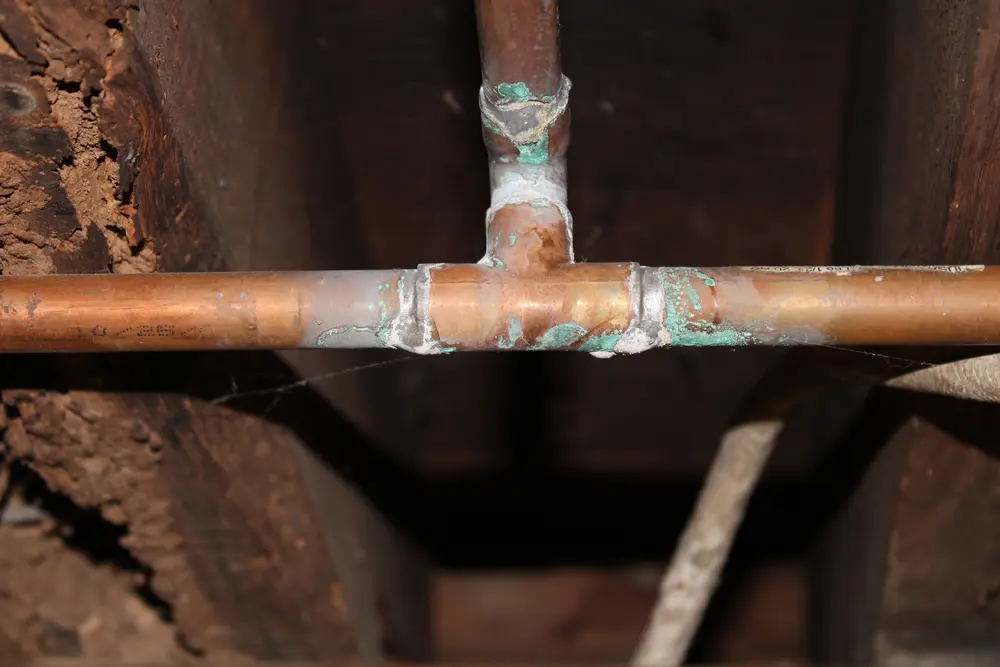
Are you searching for what causes green corrosion on copper pipe of heating systems? For people who experience cold winters, central heating can be a necessity rather than a luxury. For those new to heating systems, you may notice that the pipes of your heating system develop a green color in certain places.
Copper Pipes are mostly used for water heater pipes, which can oxidize in damp or moist conditions. The green color on the pipes is where the pipe has had prolonged exposure to water or humid conditions, forming oxidation on the copper. It is a form of corrosion and can damage the pipe in extreme cases.
What Does Green On Copper Pipes Mean?
We have all seen copper piping that has a green or greenish-blue powdery type substance on the pipe. This is known as oxidation and generally occurs when the copper pipe is exposed to a combination of water and air or oxygen. This oxidation can indicate a potential problem with your pipes, which could lead to a pipe failure if not thoroughly checked.
Why Do Copper Pipes Turn Green?
Heating Systems use copper pipes in preference over other materials because copper is a metal that conducts heat very well. Hot water is circulated through the copper pipes, and the metal absorbs the heat from the water and radiates it into the air in the room, warming the air or the floor if the heating is underfloor piping.
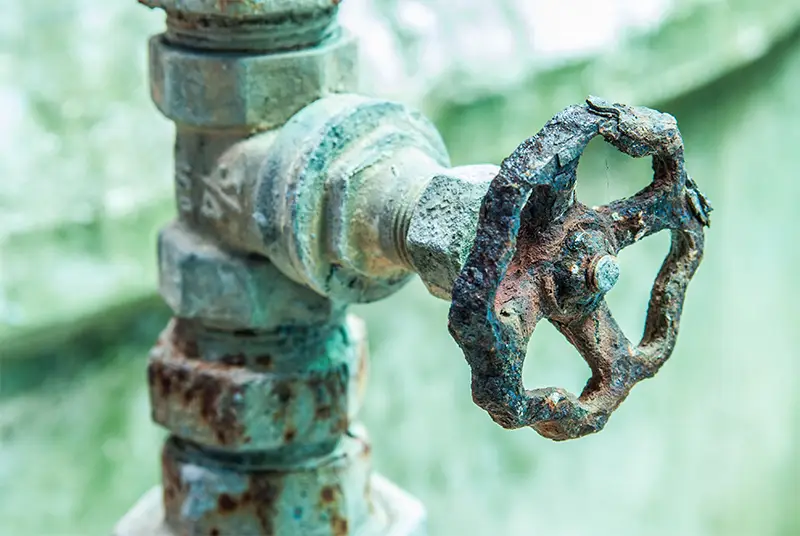
Once the copper has absorbed the heat from the water, it stays hot for a long time, making for an efficient heating mechanism and keeping the water hot as it circulates through the piping throughout the house.
This heat-conducting property of copper makes it the perfect choice for a heating system that uses radiant heating to warm a home.
The green color that appears on the pipes is a form of oxidation that occurs when the pipe comes into contact with moisture and air.
It can be likened to rust on steel, which forms under similar conditions on unprotected steel. Like rust on steel, oxidation on copper pipes is corrosive, and if the problem is not rectified, it could result in the pipe corroding to the point that the pipe will fail.
A location where you will frequently see this type of discoloration is where the pipe goes through a brick and mortar or concrete wall. Any dampness or moisture within the wall can result in the copper pipe oxidizing and turning green.
This may not indicate a problem with the pipe but could be a symptom of dampness in your wall that needs addressing.
The Dangers of Copper Pipe Corrosion
Copper pipes are a standard part of the plumbing in many homes. If you notice a green color on copper pipes, it is a definite sign of corrosion. Corrosion is not only harmful to your plumbing structure, but it can also cause many other issues that can affect the foundation of your home and the health of your loved ones. Let’s explore the dangers of copper pipe corrosion.
Contaminated Water

Copper pipe corrosion can lead to copper leaching into water. If you and your loved ones keep consuming this copper-contaminated water. It cans cause health issues such as gastrointestinal diseases and even copper poisoning.
You may start noticing that your water starts to smell and taste bad and is unpleasant to consume.
You must clean corrosion off copper pipes or have them replaced to avoid these adverse effects on health.
Increased Plumbing Costs
It goes without mentioning that copper pipe oxidation and corrosion can substantially increase plumbing repair and replacement costs. Corroded pipes can disrupt the proper functioning of the plumbing system, which means restricted water flow and the system working harder than usual to deliver water around the house. This can also mean an increase in water bills. Corrosion protection and cleaning practices are essential to protect your plumbing system.
Appliance Damage
Copper-laden water can cause damage to appliances that utilize water, such as dishwashers and washing machines. These appliances can suffer from reduced plumbing system efficiency due to the copper pipes going green and being corroded. These appliances are expensive and can cost you money to repair or replace them.
Other Health Effects
A corroded pipe doesn’t just leach copper into your water supply. It has the potential to release other harmful substances, such as lead. If you keep consuming water contaminated with such metals, you will end up with damage in different parts of your body. If you’re noticing patina on copper pipes or corrosion of other kinds, then it’s the right time to think about cleaning copper pipes.
Structural Weakness
The pipe structure and the entire plumbing system are at risk as corrosion worsens. Multiple pinhole leaks can develop, and you may only notice the damage once it’s irreparable.
This kind of damage can result in a major pipe burst, which can cause severe damage to your home’s foundation and cost you a lot to repair.
When you understand how dangerous a corroded pipe is for your home and health, you can use a professional plumbing maintenance company to clean your pipes and implement corrosion protection measures.
Do Green Copper Pipes Need To Be Replaced?
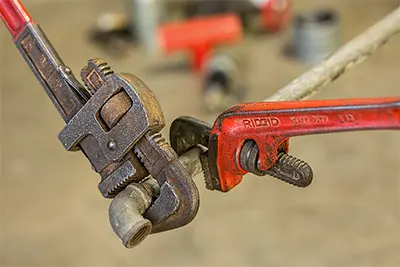
The green oxide that forms on copper pipes exposed to moisture and air is not a harmful substance despite its acidic appearance. The substance is actually inert and is not toxic, but it does indicate a potential problem for the pipe that requires attention.
Green heating pipes do not necessarily need to be replaced, but if you see oxidation on the pipes, you should investigate to find the source. It could result from a pinhole leak in the pipe, faulty join, or dampness in a wall.
If the corrosion is significant, the pipe may need replacement. If the oxidized pipe is left, the leak could worsen, resulting in a burst pipe, or the corrosion of the pipe could weaken the pipe to the point that it bursts. Either way, if you see green oxidation appearing on your central heating pipes, it is unlikely to be an emergency but warrants investigation to locate the cause for the oxidation.
The time it takes for copper pipe to oxidize is fairly lengthy, so if you have not noticed a leak by any dripping or pooling water, the problem is unlikely to be severe. You probably have some time to sort the issue out, but you should not leave it indefinitely.
How to Remove Green Corrosion From Copper Pipes?
Copper oxidation can be removed from the pipes in several ways. A light solvent or light acidic solution with a light abrasive rub, such as salt, will generally remove the oxidation. There are many recipes for cleaning recipes for copper pipes. The strategy to prevent oxidation is regular cleaning.
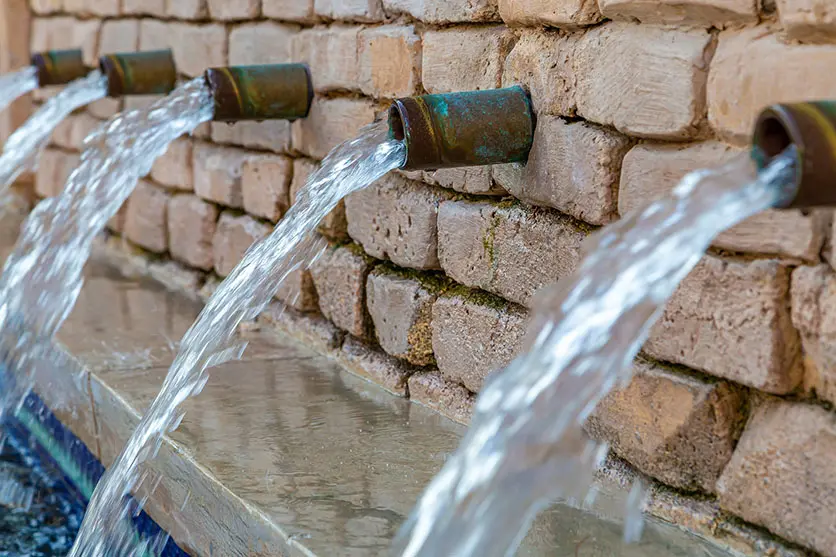
Cleaning green oxidation from copper pipes does not require expensive or dangerous chemicals. One effective way to clean the oxidation from the pipes uses ingredients that you will easily find in your kitchen cupboard.
The ingredients required are as follows:
- White Vinegar;
- Salt;
- Flour;
- Baking Soda.
Mix equal parts of the vinegar, flour, baking soda, and salt to form a paste. Rub the paste to cover the entire affected area of the pipe and allow it some time to dry; up to 30-minutes should be sufficient.
After the required time has elapsed, wipe the paste off the pipe with soapy water. The alkalinity of the soap will neutralize the acidity of the vinegar. Dry the pipe well after cleaning; otherwise, the oxidation process will quickly restart, requiring more frequent cleaning.
Salt by itself is a good method for polishing copper and removing oxidation. Sprinkle some salt onto a damp cloth and rub the salt vigorously over the oxidation. Wipe the salt off the pipe with a clean part of the damp cloth and dry the pipe well.
Also Read: COPPER PIPING VS. PEX: WHICH IS BEST FOR YOUR HOME?
Another Method to Remove Green Corrosion On Copper Pipe
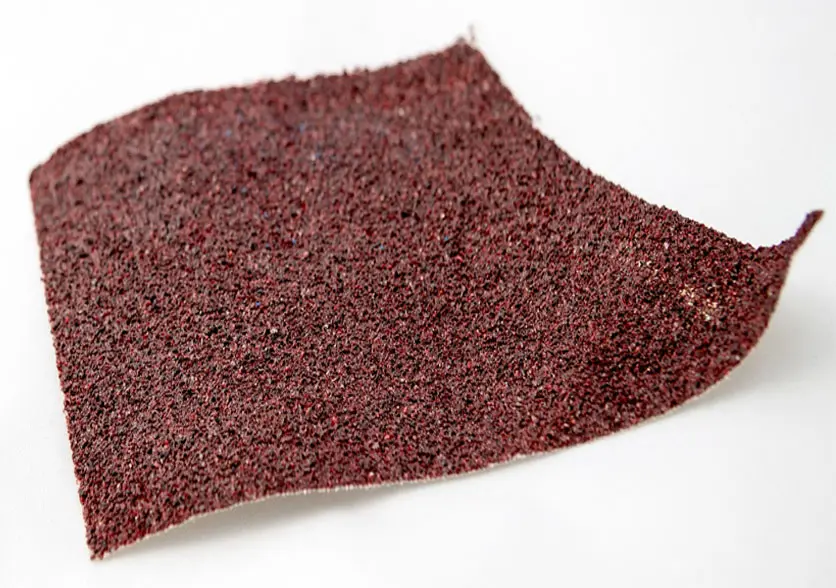
Another method that works very well for severe discoloration and oxidation buildup is to use a piece of light grit emery cloth to rub the oxidation off the pipe until the clean copper beneath is revealed.
Dab some acetone on a rag and wipe the oxidized area of the pipe with the acetone. Once the pipe is clean, use a wet, soapy cloth to wipe the acetone from the pipe. Dry the pipe thoroughly after cleaning.
Acetone is a flammable substance, so don’t use it near any open flames.
Acetone can also be bad for your health, so use a respirator to prevent breathing the fumes in, and wear rubber gloves to protect the skin on your hands.
Conclusions
The green discoloration on copper pipes is an inert substance that is not harmful to humans. However, the presence of heavy oxidation can indicate potential problems on the pipe or where the pipe is located.
Light oxidation usually is not a cause for concern, as it can be a reaction of the copper to the moisture in the air. Heavy oxidation can indicate a leak in the pipe or a join or damp conditions in a wall. In this case, it is important to establish the cause of the oxidation.
Oxidation on copper pipes can be unsightly, but fortunately, there are many recipes available using standard household ingredients to remove the oxidation and restore the color of the copper piping.
Why do You Need to Hire a Professional Plumber?
While copper oxidation can easily be removed, as we’ve explained above, you should always engage a professional plumber if the damage has exaggerated to pinhole leaks and is beyond repair. Your plumbing is complicated and requires expert attention when it comes to extensive repairs.
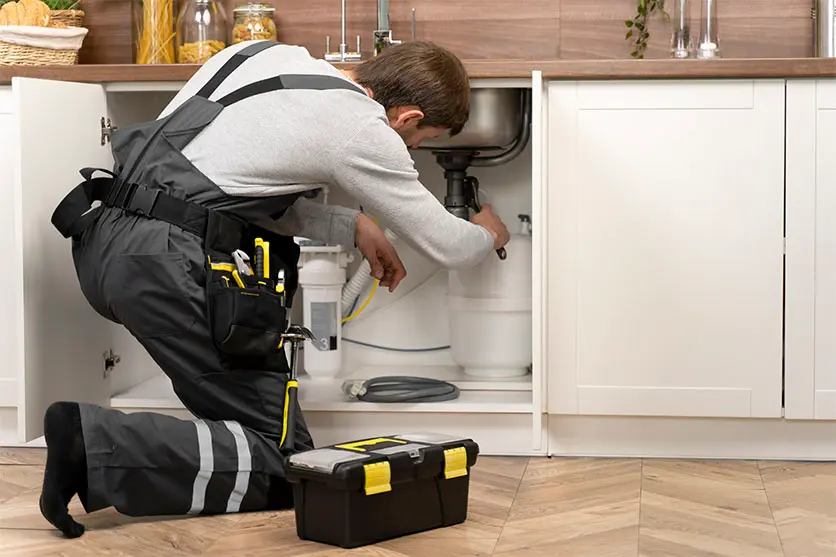
Here is why it is best to hire a professional plumber:
- Skills and Expertise: A professional plumber comes with years of experience and the right skillset required to determine the root cause of your copper pipe corrosion.
- Insurance: Always hire an insured plumber to ensure you are not liable in case of an accident or mishap at the work site.
- Tools & Equipment: Plumbing repairs and replacements often require specialized tools and equipment that only professional plumbers can use properly.
- Cost-Effectiveness: A professional plumber may cost more upfront, but their expertise can help you save money on repairs in the long run.
FAQS
You can stop green corrosion and green spots on copper pipes through proper cleaning using an abrasive rub like salt or a mixture of vinegar and baking soda. Regular cleaning, galvanization, and replacing affected areas can be great preventive measures.
Green corrosion on copper pipes may appear harmless but can cause many adverse effects on your health and your home’s plumbing system. It can contaminate your water and cause structural damage through a burst pipe and leaks.
It is not normal for copper pipes to go green. This is a result of copper oxidation, which happens when copper pipes are exposed to water and oxygen for a long time. This can cause corrosion, resulting in damaged pipes and contaminated water.
You can clean corrosion off metal using an abrasive mix such as white vinegar and baking soda. You can also use a salt rub. Make sure you use proper protective measures like wearing gloves and a mask when you do this.
